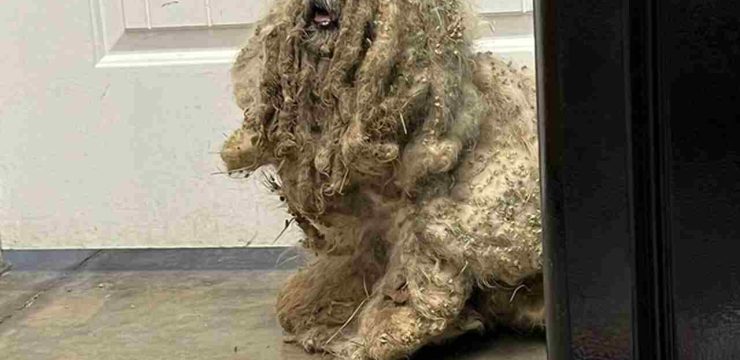For people who dread the sharp prick of a needle, science may soon have a surprising solution that sounds almost too simple to be true: vaccines delivered through dental floss. A new study conducted by researchers in North Carolina has found early but highly encouraging results when vaccines were administered this way in mice.

Not only did the floss-based method deliver a strong immune response, but the mice were also fully protected against what would have otherwise been a fatal influenza infection. If these findings continue to hold up under further testing, the future of vaccinations could look very different—needle-free, painless, and perhaps even more effective for some patients. The backstory behind this innovation lies in the way the human body can build immunity through different pathways. While most people are familiar with vaccines being injected into the arm, researchers at North Carolina State University and their collaborators have been exploring oral delivery methods for some time.
Earlier studies suggested that the mouth might be an effective route for vaccine delivery, because immunity can be triggered not only in the bloodstream but also through mucosal tissues, which line areas such as the mouth, nose, throat, and intestines. These tissues act as a front-line defense against pathogens and are crucial in protecting the body from infections. Tests that involved applying vaccines to the inner cheeks or under the tongue have produced mixed results, but the principle remains promising—especially if researchers can find a way to deliver the vaccine effectively through oral tissue.
That is where the idea of dental floss comes in. In this latest experiment, scientists coated strands of dental floss with various vaccine molecules and then used the floss in mice, allowing the vaccine to transfer directly into the gums. To their surprise and excitement, the floss-delivered vaccines triggered strong immune responses. The study went a step further by challenging the vaccinated mice with a lethal dose of influenza virus, and the results were dramatic: the floss-vaccinated animals survived, demonstrating full protection from the disease. This approach showed effectiveness comparable to vaccines delivered through the nasal passage, which is already a known route for certain types of immunization.
Rohan Ingrole of Texas Tech University, the study’s first author, explained that this was particularly significant because most vaccine formulations are not compatible with nasal delivery. Dr. Harvinder Singh Gill, another researcher on the team, noted that the natural barriers of nasal mucosal surfaces often prevent vaccines from being efficiently absorbed. The gums, however, appear to provide a pathway that works remarkably well. The implications of this discovery are potentially game-changing. One of the biggest barriers to widespread vaccination is needle fear, which affects millions of people around the world.
For some, the anxiety of injections is enough to make them avoid important vaccines altogether, even when the consequences could be life-threatening. A painless and simple method like floss could remove that barrier and encourage higher vaccination rates, particularly among children and adults with needle phobias. Beyond convenience, there are also scientific advantages. Delivering vaccines through the gums may provide dual layers of protection—activating the body’s systemic immune response while also strengthening defenses in mucosal tissues, which are the first contact points for many viruses, including flu and COVID-19.
This could potentially make floss-delivered vaccines not just more tolerable, but also more effective in certain cases. Of course, the research is still in its early stages. The study so far has been conducted only in mice, and while the results are promising, human trials will be essential before floss vaccines can become a reality. Researchers caution that much more work is needed to understand the optimal formulations, dosages, and safety profiles for this method. Still, the fact that it has already demonstrated success in protecting animals from deadly infection is reason enough to pursue the idea further.
Looking ahead, the potential applications could extend beyond just the flu vaccine. If proven successful, dental floss or similar oral-delivery methods could be adapted for other vaccines, ranging from routine childhood immunizations to protection against emerging viruses. This could make global vaccine distribution easier as well, since it would reduce the need for syringes, medical waste, and trained personnel to administer injections. Instead, a simple, needle-free option could be made available in homes, schools, or community centers. For now, though, the findings highlight just how creative and innovative science can be when tackling public health challenges.
Vaccines delivered through something as ordinary as dental floss may seem unusual, but history shows that breakthroughs often begin with unconventional ideas. The fear of needles has long been a hurdle in preventive medicine, and researchers believe this new approach may be one way to overcome it. If further studies confirm the effectiveness and safety in humans, floss-coated vaccines could mark the beginning of a new era in immunization—one where protecting yourself from disease is as simple and painless as flossing your teeth.





